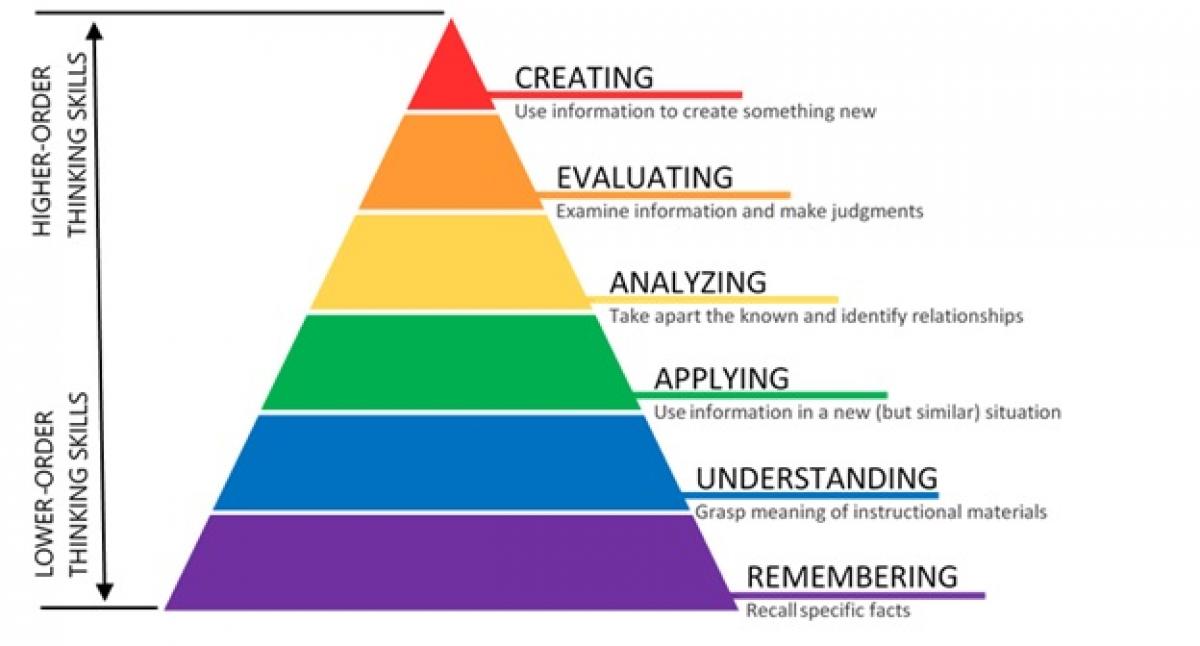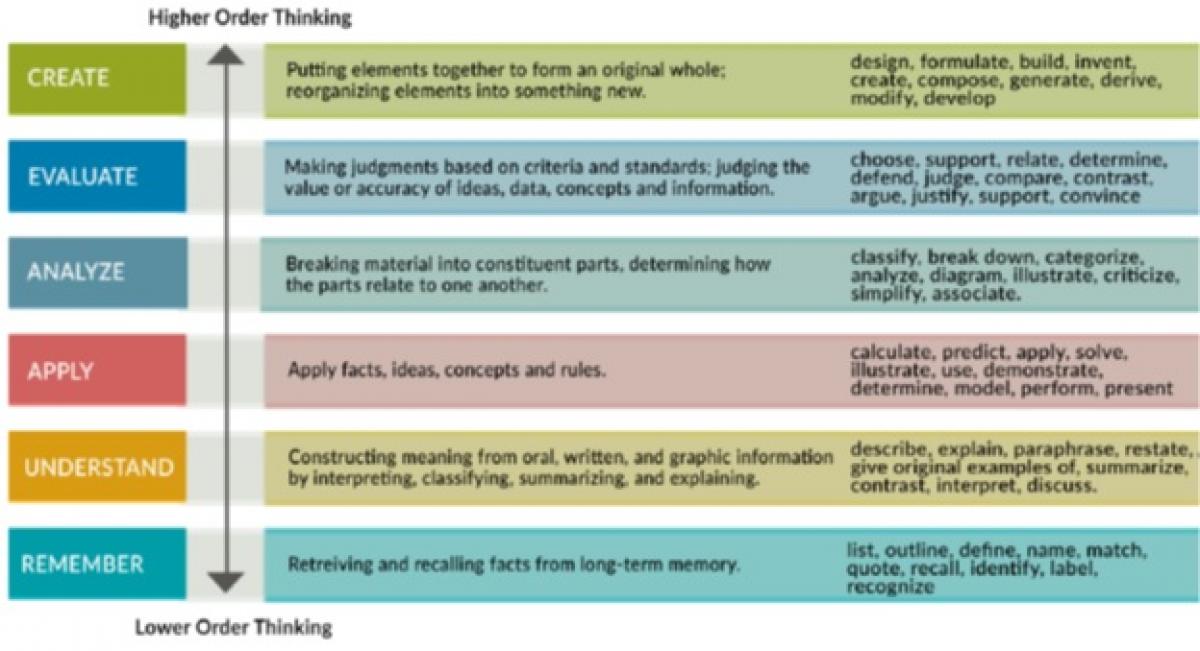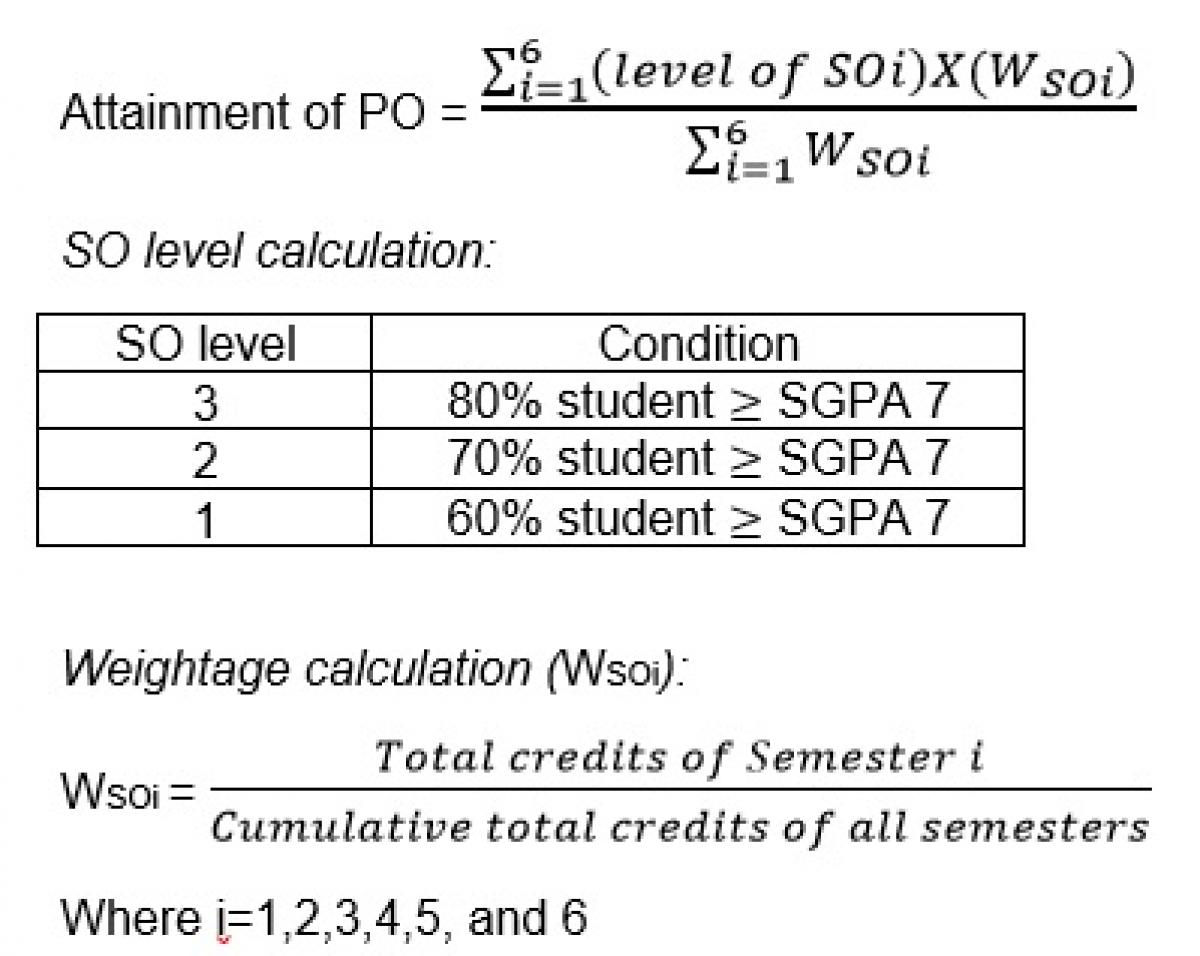

2.6.1 Programme Outcomes (POs) and Course Outcomes (COs) for all Programmes offered by the institution are stated and displayed on website
Designing and Enlistment of Programme Outcomes (POs), and Course Outcomes (COs)
INTRODUCTION : Panchakot Mahavidyalaya adheres to the idea that before the Teaching-Learning process begins, a thorough and comprehensive set of Outcomes and Objectives for broad-based Streams, Programs, and Courses must be created, developed, and distributed. The achievement of the stated outcomes can be assessed at the conclusion of the program using both direct and indirect evaluation methods. Additionally, the students would have a clear and concise picture of the goals and outcomes they must accomplish upon successfully completing their program.
OBJECTIVE: In this endeavor, the college began the process of enlisting and detailing the – i) Programme Outcomes (POs) for B.A., B.Sc., B.Com. for both Honours and Program course student. ii) Course Outcomes (COs) for the various courses enlisted in the curriculum of the various Programmes (like CC-1, CC-2 and so on)
BLOOM’S TAXONOMY: Understanding the notion of Learning Outcomes (LOs) was necessary prior to the enlistment of Programme Outcomes (POs), and Course Outcomes (COs). The Learning Outcomes (LOs) listed by Bloom's Taxonomy are recognized and acknowledged globally. In 1956, the first version of Bloom's Taxonomy was created to represent the Cognitive Domain's hierarchical learning levels. There were six levels in the first Bloom's Taxonomy of Cognitive Learning Outcomes. The 2001 revision of Bloom's Taxonomy of Cognitive Learning Outcomes involved rearranging the learning outcome hierarchies. The educators at Panchakot Mahavidyalaya adhere to the idea that, beginning with the most fundamental and foundational layers of learning outcomes (the lowest layer of the pyramid), we should work toward helping students reach the highest levels of learning outcomes (the top of the pyramid).
The development of intellectual abilities (synthesis, problem solving, etc.) and knowledge (recalling or retaining information) are under the purview of the cognitive domain. Students' thinking is categorized by the various cognitive domain levels from less to higher order of complexity in thought.
The Bloom’s Taxonomy of Cognitive Domain Learning Outcomes can be better illustrated with the following internationally accepted diagrams (figure 1)

Figure 1: Bloom's Pyramid
Students must meet specific goals or results for each of the specified learning outputs (shown as Layers in the pyramid). These goals or results are expressed as verbs. A list of verbs, or the accomplished goals linked to that specific layer, has been identified for each layer and is provided below in a classified format. Figure 2 illustrates how crucial it was for the faculty members of Panchakot Mahavidyalaya to study and comprehend Bloom's Taxonomy for Cognitive domain Learning Outcomes. The faculty members would base the creation of broad-stream-based Program Outcomes (POs) on these Learning Outcomes (LOs).

Figure 2: Demonstrating the steps from low to higher order thinking
DESIGNING OF PROGRAMME OUTCOMES (POS) :After studying the Bloom’s Taxonomy prescribed list of Learning Outcomes (LOs), Panchakot Mahavidyalaya initiated the task of designing the broad-stream based Programme Outcomes (POs) based on the Semester Outcomes (SOs). Though the institute offers a total of 26 courses (commbining the Honours and Program courses of all subjects), the Undergraduate Programmes were classified into 03 (three) broad-based streams, such as:
1. B.A. Programmes
2. B.Sc. Programmes
3. B.Com Programme
Now the designing phase of the Programme Outcomes (POs) of the 03 (three) aforementioned broad-based streams started. After due deliberation, discussion and brainstorming among the Faculty Members, IQAC and other stakeholders, the Programme Outcomes (POs) were enlisted.
Programme Outcomes (POs) for B.A. Programmes:
Programme Outcomes (POs) for B.Sc. Programmes :
Programme Outcomes (POs) for B.Com. Programmes –
DESIGNING OF COURSE OUTCOMES (COS): The course outcomes (COs) designed by the various Departments of Panchakot Mahavidyalaya are being attached herewith.
| Dept. | Programme Outcome (PO) |
| ENGLISH | Click Here to Download |
| BENGALI | Click Here to Download |
| HINDI | Click Here to Download |
| SANTALI | |
| SANSKRIT | Click Here to Download |
| PHIL | |
| POL Sc. | Click Here to Download |
| HISTORY | Click Here to Download |
| GEO | Click Here to Download |
| MATHS | Click Here to Download |
| CHEM | Click Here to Download |
| PHYSICS | Click Here to Download |
| BOTANY | Click Here to Download |
| ZOOLOGY | Click Here to Download |
| COM Sc. | |
| Commerce | Click Here to Download |
| Sem-V | Course Outcome (CO) | ||
| Major-6 | Major-7 | Minor | |
| ENGLISH | Download | Download | Download |
| BENGALI | Download | Download | Download |
| HINDI | Download | Download | Download |
| SANTALI | Download | Download | Download |
| SANSKRIT | Download | Download | Download |
| PHIL | Download | Download | Download |
| POL Sc. | Download | Download | Download |
| HISTORY | Download | Download | Download |
| GEO | Download | Download | Download |
| MATHS | Download | Download | Download |
| CHEM | Download | Download | Download |
| PHYSICS | Download | Download | Download |
| BOTANY | Download | Download | Download |
| ZOOLOGY | Download | Download | Download |
| COM Sc. | Download | Download | Download |
| Commerce | Download | Download | Download |
| Sem-III | Course Outcome (CO) | ||||
| Major-3 | Minor | MDC | SEC | VAC | |
| ENGLISH | Download | Download | Download | Download | Download |
| BENGALI | Download | Download | Download | Download | Download |
| HINDI | Download | Download | Download | Download | Download |
| SANTALI | Download | Download | Download | Download | Download |
| SANSKRIT | Download | Download | Download | Download | Download |
| PHIL | Download | Download | Download | Download | Download |
| POL Sc. | Download | Download | Download | Download | Download |
| HISTORY | Download | Download | Download | Download | Download |
| GEO | Download | Download | Download | Download | Download |
| MATHS | Download | Download | Download | Download | Download |
| CHEM | Download | Download | Download | Download | Download |
| PHYSICS | Download | Download | Download | Download | Download |
| BOTANY | Download | Download | Download | Download | Download |
| ZOOLOGY | Download | Download | Download | Download | Download |
| COM Sc. | Download | Download | Download | Download | Download |
| Commerce | Download | Download | Download | Download | Download |
| Sem-I | Course Outcome (CO) | ||||
| Major-1 | Minor | MDC | SEC | VAC | |
| ENGLISH | Download | Download | Download | Download | Download |
| BENGALI | Download | Download | Download | Download | Download |
| HINDI | Download | Download | Download | Download | Download |
| SANTALI | Download | Download | Download | Download | Download |
| SANSKRIT | Download | Download | Download | Download | Download |
| PHIL | Download | Download | Download | Download | Download |
| POL Sc. | Download | Download | Download | Download | Download |
| HISTORY | Download | Download | Download | Download | Download |
| GEO | Download | Download | Download | Download | Download |
| MATHS | Download | Download | Download | Download | Download |
| CHEM | Download | Download | Download | Download | Download |
| PHYSICS | Download | Download | Download | Download | Download |
| BOTANY | Download | Download | Download | Download | Download |
| ZOOLOGY | Download | Download | Download | Download | Download |
| COM Sc. | Download | Download | Download | Download | Download |
| Commerce | Download | Download | Download | Download | Download |
ATTAINMENT OF PO-CO AS FORMULATED IN OUR COLLEGE
Course Outcome:
Course outcomes (CO) are declarations of what a student will understand or be able to accomplish after completing a lesson. Usually, outcomes are expressed in terms of attitudes, abilities, or knowledge. It is a precise, quantifiable, and visible statement that makes it abundantly evident what knowledge and skills a student should acquire as a result of their education. It outlines the information, abilities, and values that students can exhibit at the end of a course or multiple courses.
Attainment of CO:
The total attainment of a CO is evaluated by two assessment methods. They are
Direct assessment includes Internal Assessment Test, Assignment, Tutorial, Laboratory Skills, Project works and University Examination. Indirect attainment is calculated based on the students’ feedback regarding the course.
Direct Assessment (DA):
| Evaluation Method | Process |
| Internal Assessment Test | Internal Assessment Tests are conducted per semester to evaluate the attainment of course outcomes. |
| Assignment and Tutorials | The tutorials and assignments are given to the students based on the subject nature |
| Laboratory Skills | Laboratory skills are measured based on the practical marks (wherever applicable) |
| Project Works | Project reports are submitted by the students to the respective departments (wherever applicable) |
| University Examination | The end semester results of the students were analyzed to calculate the attainment level. |
Attainment Level for IA/Assignment/Lab Skills/Projects(I):
| Level | Condition |
| 3 | 80% of student ≥ 60% marks or More |
| 2 | 70% of student ≥ 60% marks or More |
| 1 | 60% of student ≥ 60% marks or More |
Attainment Level for University Examination(U):
| Level | Condition |
| 3 | 80% of student ≥ Grade point 7 or More |
| 2 | 70% of student ≥ Grade point 7 or More |
| 1 | 60% of student ≥ Grade point 7 or More |
Formula for direct attainment : DA = (40% of I) + (60% of U)
Indirect Assessment (IA):
| Evaluation Method | Process |
| Students’ Feedback on the Course | Course exit survey, Students feedback. |
Attainment Level for Indirect Assessment (IA):
| Level | Condition |
| 3 | 80% of student ≥ Good grade |
| 2 | 70% of student ≥ Good grade |
| 1 | 60% of student ≥ Good grade |
Formula for CO attainment = (80% of DA) + (20% of IA)
Program Outcome:
Program Outcomes (PO) describes what a program is expected to accomplish. POs describe what students should know and be able to do at the end of the program or degree, such as B.A., B.Sc., and B.Com. POs are the measures of the comprehensive and inclusive qualities that the students demonstrate upon completion of a particular degree. The departments involved in the program work collaboratively to produce the outcomes, which are then submitted for review and approval to the Internal Quality Assurance Cell (IQAC) for action dedicated towards enhancement of learning levels.
Attainment of PO:
The duration of a program (BA/BSc/BCom) is divided into six semesters. In each semester, the students have to pursue several courses. Hence, the outcome of each semester is therefore linked to the CO. Hence, the PO attainment is calculated based on the Semester Outcome (SO) levels considering the weightage of each SO in the PO matrix as follows:
| Name of Program | SEM1 | SEM2 | SEM3 | SEM4 | SEM5 | SEM6 |
| SO1 attainment level | SO2 attainment level | SO3 attainment level | SO4 attainment level | SO5 attainment level | SO6 attainment level | |
| BA/BCom/BSc | Weightage of SO1 | Weightage of SO2 | Weightage of SO3 | Weightage of SO4 | Weightage of SO5 | Weightage of SO6 |
| Honours/Program | (WSO1) | (WSO2) | (WSO3) | (WSO4) | (WSO5) | (WSO6) |

✖
zoom